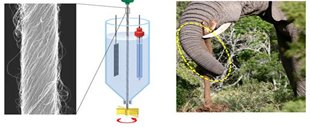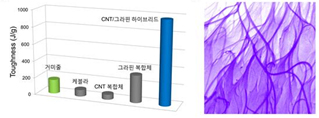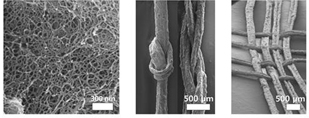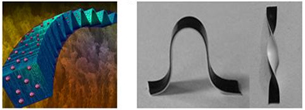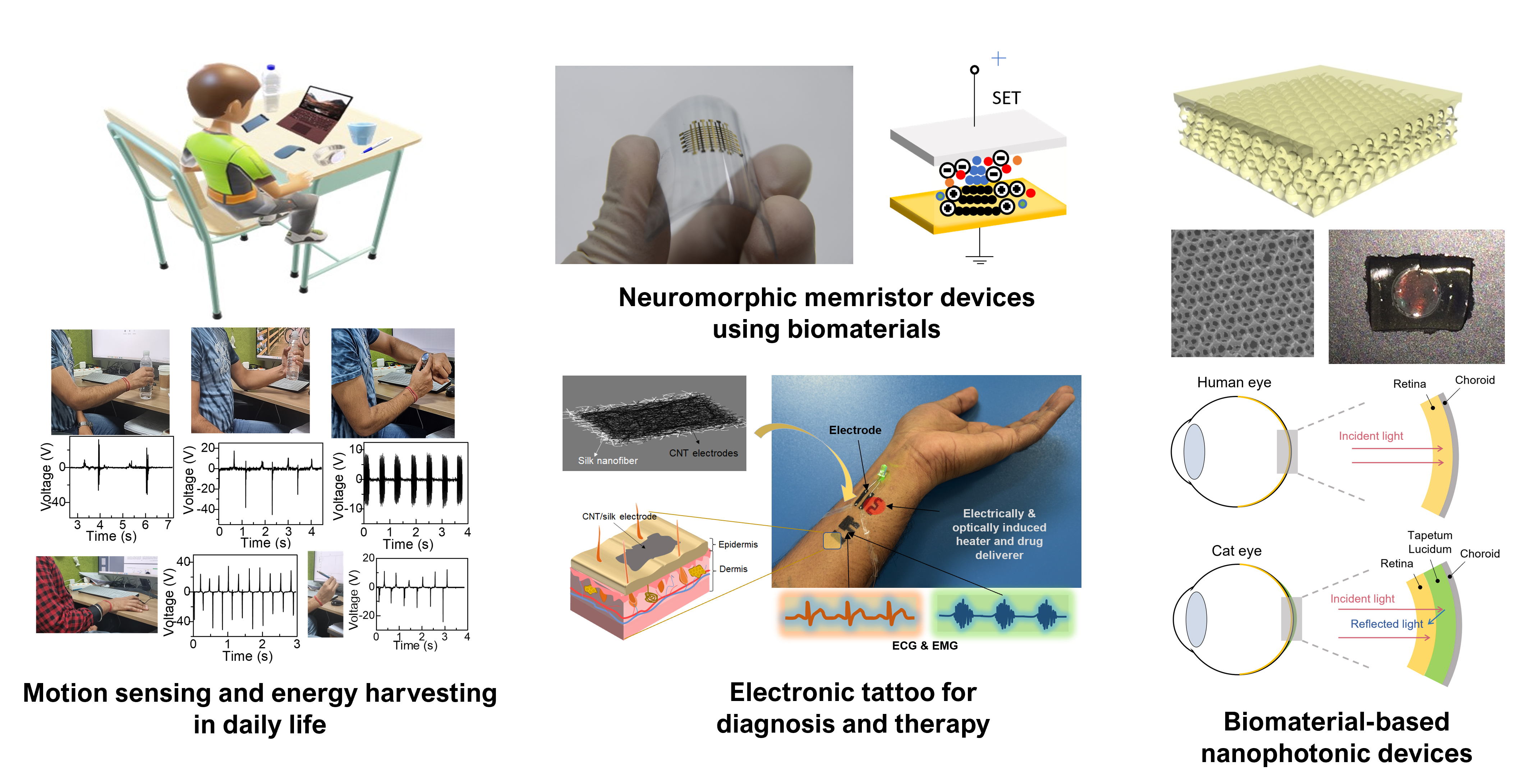micro.nano.Engineering Lab. (Professor Sungyoung. Choi)
SiteThe micro.nano.Engineering Laboratory focuses on the development of innovative micro-nano-bio-engineering tools that can not only greatly advance our understanding of cell mechanics and biology, but also be easily commercialized and translated to widely-distributed commodities for cell-based therapeutics, point-of-care diagnostics, cell mechanics, and micro-/nano-technologies.
| Specific research areas | Recent results |
|---|---|
Separation science and technology
|
 Cover articles for white blood cell separation (left) and stem cell separation (right) featured in Small and Lab on a Chip. |
Open-source bioengineering tools
|
 Cover article for optofluidic modular blocks featured in Small (left) and a representative module assembly for blood agglutination assay (right). |
microFlow Cytometry
|
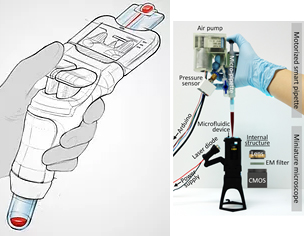 Schematic of a microflow cytometry for blood analysis (left) and a representative microflow cytometry for residual white blood cell counting (right). |
Point-of-care Diagnostics
|
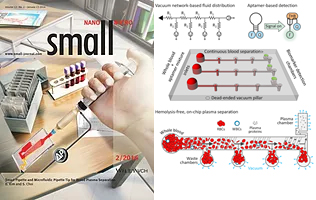 Cover article shwoing a blood plasma separation platform for field-portable blood |
